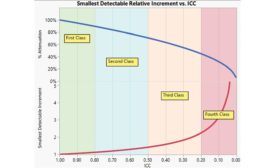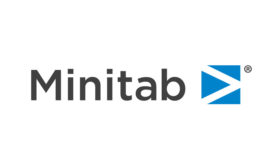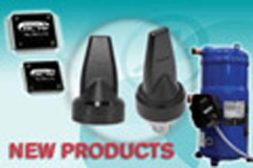Home » analysis
Articles Tagged with ''analysis''
Here’s how to get there.
Read More
Missing the Point: Gage Variability and Operational Definitions
Clear operational definitions can prevent chaos.
April 16, 2018
The Cost of a Poor Measurement System
Convince people of the value of measurement system analysis.
July 1, 2017
Playing to Our Strengths
Often ignored in favor of improving weaknesses.
September 1, 2016
Stay in the know with Quality’s comprehensive coverage of
the manufacturing and metrology industries.
eNewsletter | Website | eMagazine
JOIN TODAY!Copyright ©2024. All Rights Reserved BNP Media.
Design, CMS, Hosting & Web Development :: ePublishing







